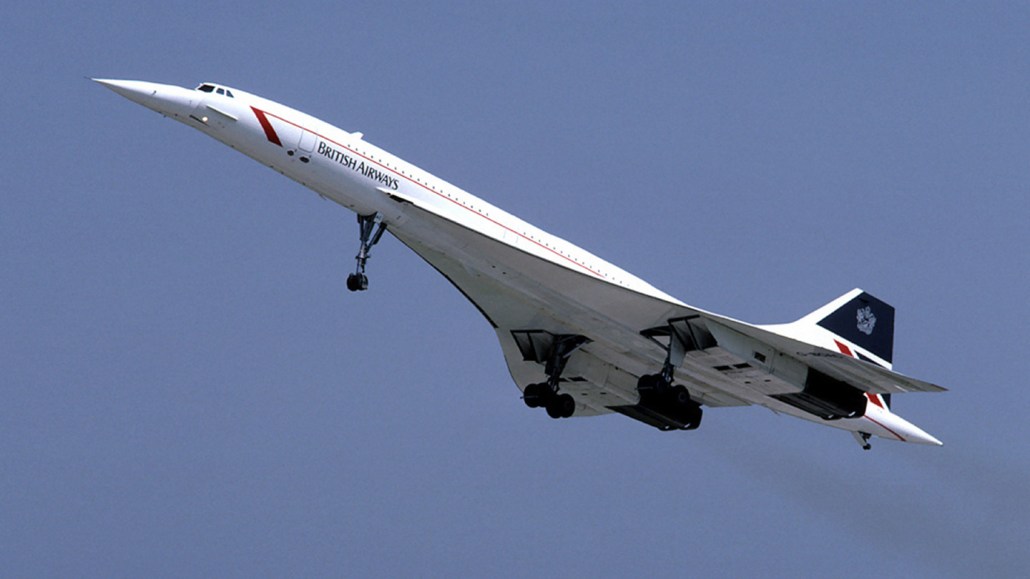Why even small sonic booms are more annoying in cities
Tall buildings and narrow streets convert the shock waves into noise that lingers for several seconds

Supersonic passenger jets that make quieter sonic booms than this discontinued Concorde may be on the horizon. The future aircraft could still be annoying if they break the sound barrier over cities.
Eduard Marmet/Wikimedia Commons (CC BY-SA 3.0)







